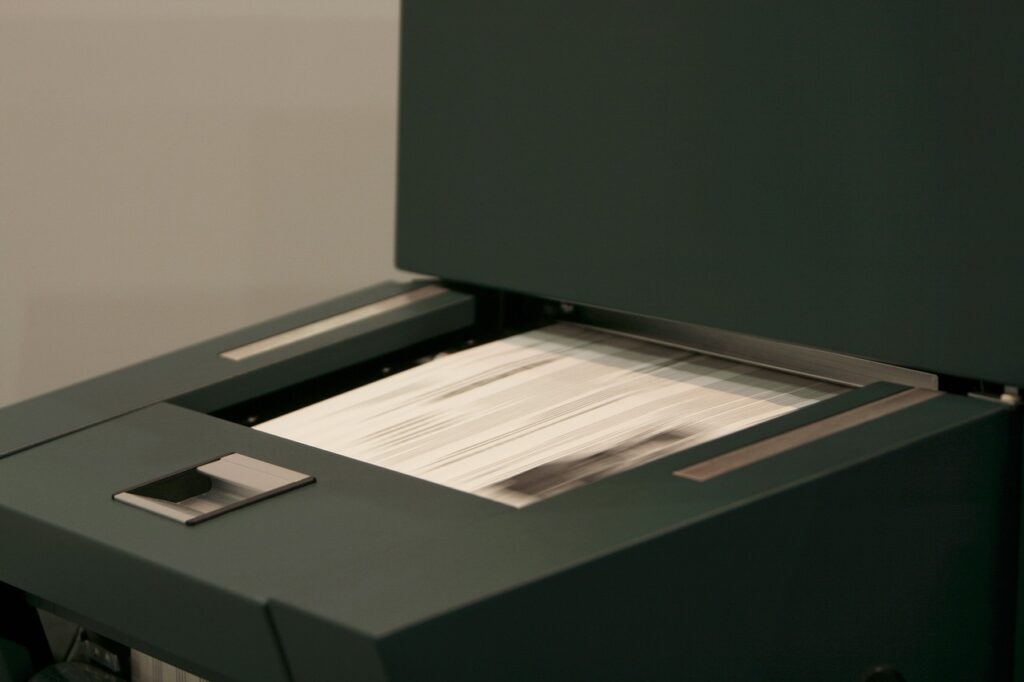There is a rising tide of globalization around the globe. Because of this, speaking more than one language is becoming increasingly important in many fields, including politics, business, education, and culture. POD technology has evolved to publish books in multiple languages efficiently.

Wondering what is print on demand? POD is cheap, accurate, and allows for modification. By eliminating the need for bulk printing, this tool lets small publishers make high-quality printed publications at a lower cost. Now, authors can choose to print only as many copies as they need, cutting costs upfront and ensuring that the goods are of high quality.
If you’re a writer who wants to instantly publish your work to an international audience in various languages, POD technology is the way to go. They can now provide quicker turnarounds without sacrificing quality. Speed is paramount for often-updated reference materials like technical manuals and how-to instructions.
There are currently a plethora of online resources that offer both translation services and print on demand capabilities. These sites allow you to publish your work digitally through several trusted channels, including Amazon’s Kindle Direct Publishing (KDP), Barnes & Noble’s Press, and Blurb’s website. Popular languages, including English, Spanish, and French, are supported on these sites, along with over 25 others spoken worldwide.
Benefits of POD
POD technology lets bookstores and university libraries order books in different languages based on their customers’ wants. This means they don’t have to keep any stock on hand, which saves them a lot of money.
In the past, it took a lot of work for publishers to translate results into more than one language. The main problem was the high cost since they couldn’t correctly guess how popular foreign translations would be. Because of this, it took a lot of work for them to figure out how many copies to print. Because of this, most people don’t use this method at all. This makes readers wish there was more variety to fit their tastes.
POD has made it possible for people worldwide to get their hands on unique printed material tailored to their tastes. Since there are now more kinds of readers, there is a better chance that sales will go up.
Idea Behind POD
In the early 2000s, Jeff Bezos launched print on demand technology. It was created as an option for people who wanted to self-publish but still have tangible copies for themselves or as gifts for others. The original intent was to quickly and easily print a few booklets without sacrificing quality or finishing.
POD services have gone beyond just providing softcover books as technology has advanced. They now offer hardcovers and photo books with cover art of your choice. Barnes & Noble Press, Blurb, and Amazon KDP are three of the most well-known self-publishing platforms for books. You can tailor your experience on these sites to your specific requirements.
POD Makes Transition Languages Easy
The exorbitant expense of printing made translations prohibitive in the past. Because of this, publishing houses have to assess the market’s likely response before spending heavily to translate works into numerous languages at once.
With POD, you can easily produce translations into other languages. Due to its rapid turnaround, it facilitates and lowers the cost of reaching audiences whose first language is not English. Because of this, the readership is now concentrated in North America.
Automatic translation software based on artificial intelligence has been integrated into these systems, resulting in effective answers. With this technique, translated editions can be produced at a lower cost without sacrificing the same high quality as traditionally generated content. Success for the technology in the next few months will depend on how well customers receive it in terms of its precision.
Variety is Key
Formatting choices have expanded dramatically with the advent of print on demand services. E-book formats, which allow readers to read on electronic devices, are also available. This is great news for avid readers who favor physical books and those who prefer digital formats. Hardcover copies can be ordered in bulk, which is convenient for professionals like authors, publishers, and photojournalists. These copies can be sent directly to the end user’s doorstep.
Conclusion
POD technology is gaining prominence in fields where a robust literary foundation is essential, such as those that publish multilingual content. Foreign translations have found a great deal of value in it. This has facilitated the global dissemination of the work of remarkable authors from various backgrounds. Print on demand services will further expand readership and author creativity as printing technology improves.